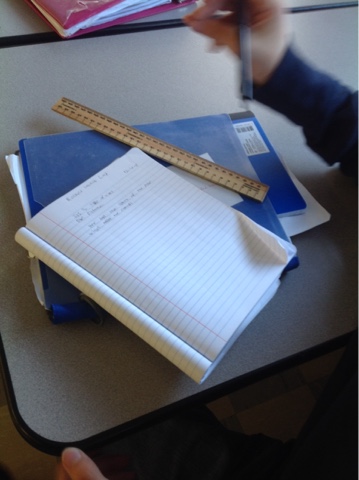On Monday, many of us had the opportunity to celebrate Melissa as a Missouri Teacher of the Year finalist, and at the closing of the evening, Chris Holmes, 2014 MO Teacher of the Year and Truman parent, gave us a pointed reminder.
Regularly, we look at standards, standards for reading, writing, speaking and listening; standards for mathematics; standards for social studies; standards for science and inquiry; standards for music; standards for art; standards for world languages; standards for health; standards for technology....you get the picture.
But, where are the standards for life? At what time in our educational career do we vertically align and support standards for citizenship. Sure, we talk about grit and habits; we devote 46 minutes a week to character education; we focus on modeling great character...and, I think we do an awesome job. Despite the great work that we do, one must question how do we measure our success? What SLO measures growth? What standardized test provides an opportunity for us to compare our success? The answer is obvious: there isn't one. And, that's okay...what we must do is remember to continue to do our great work and build connections between our established standards and good work for life.
I often talk about authentic learning for students - I challenge you to make your learning standards relevant for life. Check out Chris Holmes' standards (reprinted with his permission) and think about how you move your instruction beyond the content.
 |
| Take your standards and add the words "in life" to increase the relevance of what we do. |





















































